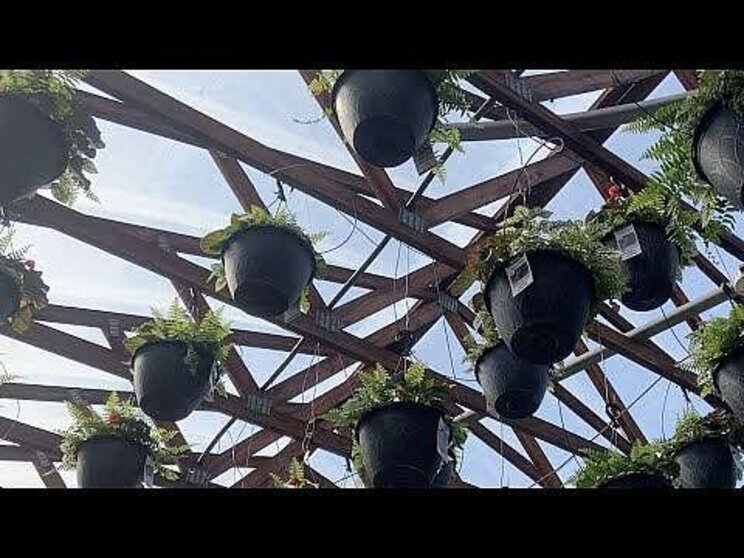Use less energy when heating your greenhouse
Added on 10 December 2021

Therefore, it is especially important that greenhouse crop production businesses keep their systems updated to maintain profitability. In a new educational video, "How to Use Less Energy to Heat a Greenhouse?", Michigan greenhouse growers share their insights on how to save energy.
According to Michigan State University Extension, the best technologies to save energy in greenhouses are to:
- Install and maintain infrared (IR) anti-condensate polyethylene film. When growers install an IR film as the inside layer of a double-poly greenhouse, less heat is lost through the glazing at night. An anticondensate film is also recommended to decrease the accumulation of water drops on the plastic, which can decrease light transmission and wet the foliage of plants below. To maintain light transmission and replace brittle plastic, most poly films need to be replaced every three years.
- Install high efficiency unit. High efficiency heaters are usually greater than 93% efficient and use less energy compared to older, less-efficient technologies.
- Install and maintain horizontal air flow (HAF) fans. Fans that move air horizontally throughout the greenhouse help to keep the air within the greenhouse uniform, allowing for peak performance of heating and environmental control systems. They also decrease the vertical temperature gradient by mixing some warmer air toward the top of the greenhouse with the cooler floor temperature.
- Maintain boilers and hot water heaters. Regular boiler and hot water heater maintenance, scheduled testing and updates like heat recovery systems helps improve energy efficiency and lifespan of boilers. With hot water for root zone or under bench heating increasing in use, boilers and hot water heater have expanded their energy impact. General facility air heating temperatures can be reduced.
- Install environmental control systems. Environmental control systems (for example, Argus, Priva, QCOM) automatically control the heating systems, vents, fans and lighting systems to keep a greenhouse at a desired temperature and turn lights on and off, when needed. These systems, as well as setting stages of heating (running most efficient heating before starting less-efficient heaters), reduce energy usage.
- Install thermal heat curtains. A well-maintained curtain system reduces the cubic feet of air that a heating system needs to warm, prevents heat from escaping through the roof, and keeps the warmth where growers need it: by the plants.
- Install root-zone heating. Root-zone heating, also known as under bench or floor heating, heats plants from below, thereby keeping the roots and the plant canopy warmer than the air above it. This allows you to reduce the air temperature in the greenhouse while still maintaining adequate temperatures for plant growth and development.
Continue reading here to learn more about other steps you can take to limit energy use, including information on rebate programs.
Source: Greenhouse Grower
Source: Greenhouse Grower
More news















